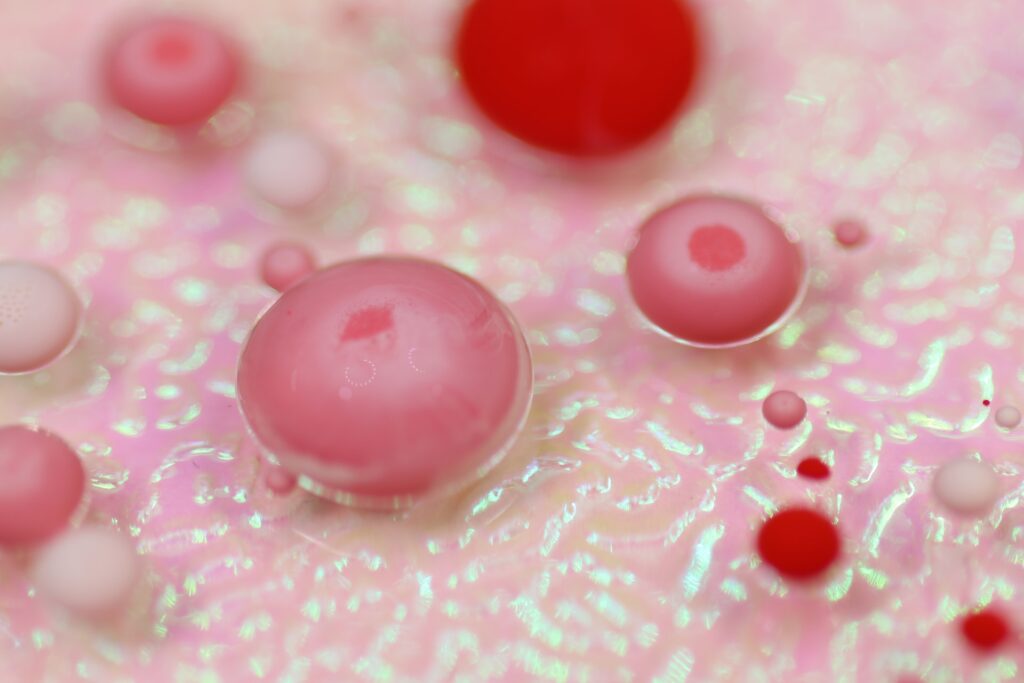Every woman goes through a natural decline in the Anti-Mullerian hormone as she ages. Hence, the AMH test measures your egg quantity in your ovary compared to your age group. The AMH level is also referred to as “Ovarian Reserve.”
You should know your AMH levels if you are undergoing any fertility treatment. If you need to learn about the Anti-Mullerian hormone and its significance in fertility, read on.
What is an Anti-Mullerian Hormone?
The anti-mullerian hormone is a naturally occurring hormone responsible for fertility potential in the female body. The ovaries produce the Anti-Mullerian hormone during puberty.
The primary purpose of the Anti-Mullerian hormone is to maintain the optimal development of the reproductive organ in females.
- The low AMH level after puberty indicates fewer chances of conceiving.
- Higher AMH levels in your blood mean you have an optimal ovarian reserve; getting pregnant won’t be difficult.
What Does a Different AMH Level Mean?
The AMH test is a medical test to examine the woman’s ability to fertilise eggs for pregnancy. The ovaries in females can make hundreds of eggs after puberty.
Unfortunately, this quantity decreases as a woman ages. The Anti-Mullerian hormone test shows how many egg cells you have left in your ovaries.
Here is what different AMH levels tell you;

Low AMH Level — 1.0 – 2 ng/mL
- Low fertility rate
- Fewer chances to get pregnant naturally
- Low chances of IVF success (especially for women above 32 years)
Low AMH levels don’t mean nothing is in your control. Luckily, several natural ways and medical treatments increase your AMH levels.
High AMH Levels — More than 3.5 ng/mL
- Ovarian reserve of more eggs
- High fertility rate
- More chances of natural pregnancy
- A good opportunity to freeze embryos for future IVF
Higher AMH Levels — More than 4.0 ng/mL
The normal AMH levels in your blood are between 2.0 ng/mL – 3.8 ng/mL. Any range between this level shows a healthy and average fertility rate.
If your AMH level is more than 4.0 ng/mL – it may be because of some pathological reasons. You may have the following diseases if your AMH level is higher than 4.0 ng/mL;
- Polycystic Ovarian Syndrome (PCOS)
A common condition found in women after puberty. This condition is due to higher levels of AMH level and results in hormonal imbalance, irregular menstrual cycle, obesity, insulin resistance, facial hair growth, and subfertility.
- Ovarian Tumours
Another reason for higher AMH levels is that you may be acquiring granulose cell tumours, ovarian cancer, or fallopian tube cancer.
Importance of AMH Level for Fertility
The levels of AMH can vary from woman to woman. There can be genetic, environmental, or habitual factors affecting your AMH levels. If you plan to get pregnant naturally, getting an AMH test to know your level can determine if you have enough ovarian reserve to conceive.
On the other hand, knowing your AMH levels can give you an idea of when is the best time for you to have IVF treatment.
Final Words
Most women confuse that the Anti-mullerian hormone test reveals the egg quality. However, that’s not true. Your egg quality cannot be assessed until your ovary eggs are outside your body.
Getting the Anti-Mullerian hormone test while trying to conceive is excellent for increasing your chances of getting pregnant.

